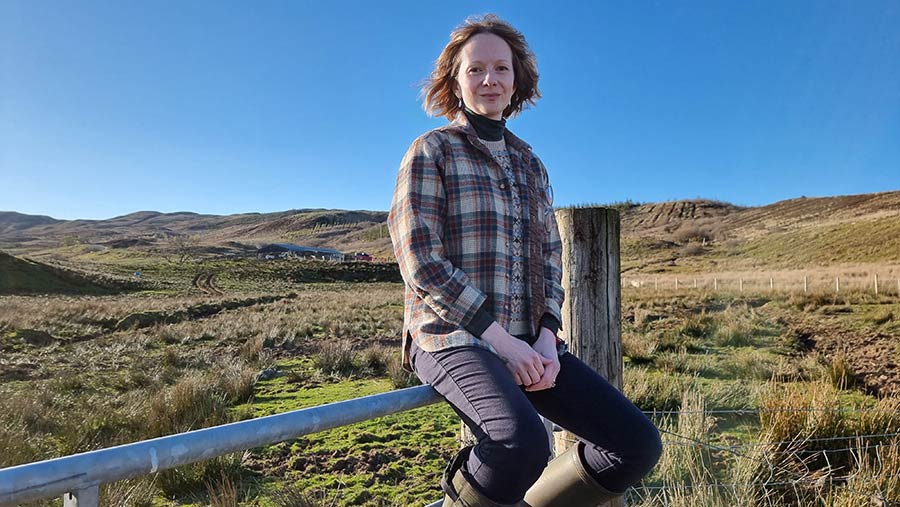Opinion: Too many politicians are ignorant of rural life
 Julia Stoddart© Julia Stoddart
Julia Stoddart© Julia Stoddart Of all the eyebrow-raising moments in former MP Rory Stewart’s recent memoir, Politics on the Edge, an encounter with Liz Truss in the Defra offices was truly astonishing.
Our shortest-serving prime minister is alleged to have told Stewart that there is no difference between rural and urban populations.
Even for a politician with a somewhat idiosyncratic view of the world, this statement is ludicrous.
See also: Opinion – farmers deliver ‘multi-layered’ benefits
On this, I speak from personal experience.
When I arrived at agricultural college fresh from my urban Midlands home, I had no idea that anyone under the age of 50 wore tweed flat caps in an unironic manner, or that 18-year-olds drove Land Rovers.
To say that I experienced a culture shock is an understatement – the world view of my fellow students was totally different from my own background.
But with their help I rapidly learned that rural life, while not perfect, was infinitely preferable.
Sadly, when my left-leaning urban friends suggested I was a class traitor by fraternising with people who went pheasant shooting and wore rugby shirts, I also learned a harsh lesson about the impacts of ignorance and prejudice.
Urban ignorance about traditional rural life is one thing, but politicians run the country – and many of them appear oblivious about rurality.
None of the main political parties really understand rural life, and with a general election coming up, they’re running out of time to learn.
And if anecdotes from Farmers Weekly columnists aren’t sufficient proof that rural and urban populations differ, there’s no shortage of data.
A smart politician could interrogate the new Rural Scotland Data Dashboard, which states that in remote rural areas, 15% of employment is in agriculture, forestry and fishing, 12% in accessible rural areas, but just 0.5% in the rest of Scotland.
Self-employment is more common in rural Scotland, and more employees in remote rural areas have a second job than anywhere else.
There are also notable rural-urban differences in family sizes, numbers of second homes, costs of living, and ages. In remote rural areas, 27% of the population is now 65 and over, compared with 16% in large urban areas.
Life expectancy is higher in rural Scotland, as is life satisfaction – ask Na h-Eileanan Siar (Outer Hebrides) residents, ‘Ciamar a tha sibh?’ (How are you?) and you’re likely to get the most positive response of anywhere in the country.
If we’re considering why these differences matter, the James Hutton Institute’s latest work on the socio-economic impacts of green land investments provides a good answer.
Seeking to discover what impact the recent uptick in land acquisition for “green” activities such as nature restoration and carbon sequestration is having, the report states, “Agricultural production and numbers of tenants have declined… farmers and estate employees are the most affected by land use changes.”
The report wisely concludes that policymakers should support our communities in the government’s drive for a just transition.
If this is to happen, rural life must first be understood and respected. Truss has gone, but the culture that put someone ignorant of rurality in charge of Defra still exists – and not just at Westminster.
Holyrood has also successfully disenfranchised traditional rural communities, who are now all too familiar with governmental prejudice.
With a busy legislative year ahead, politicians have a chance to correct their woeful rural record. We will judge them at the ballot box.

